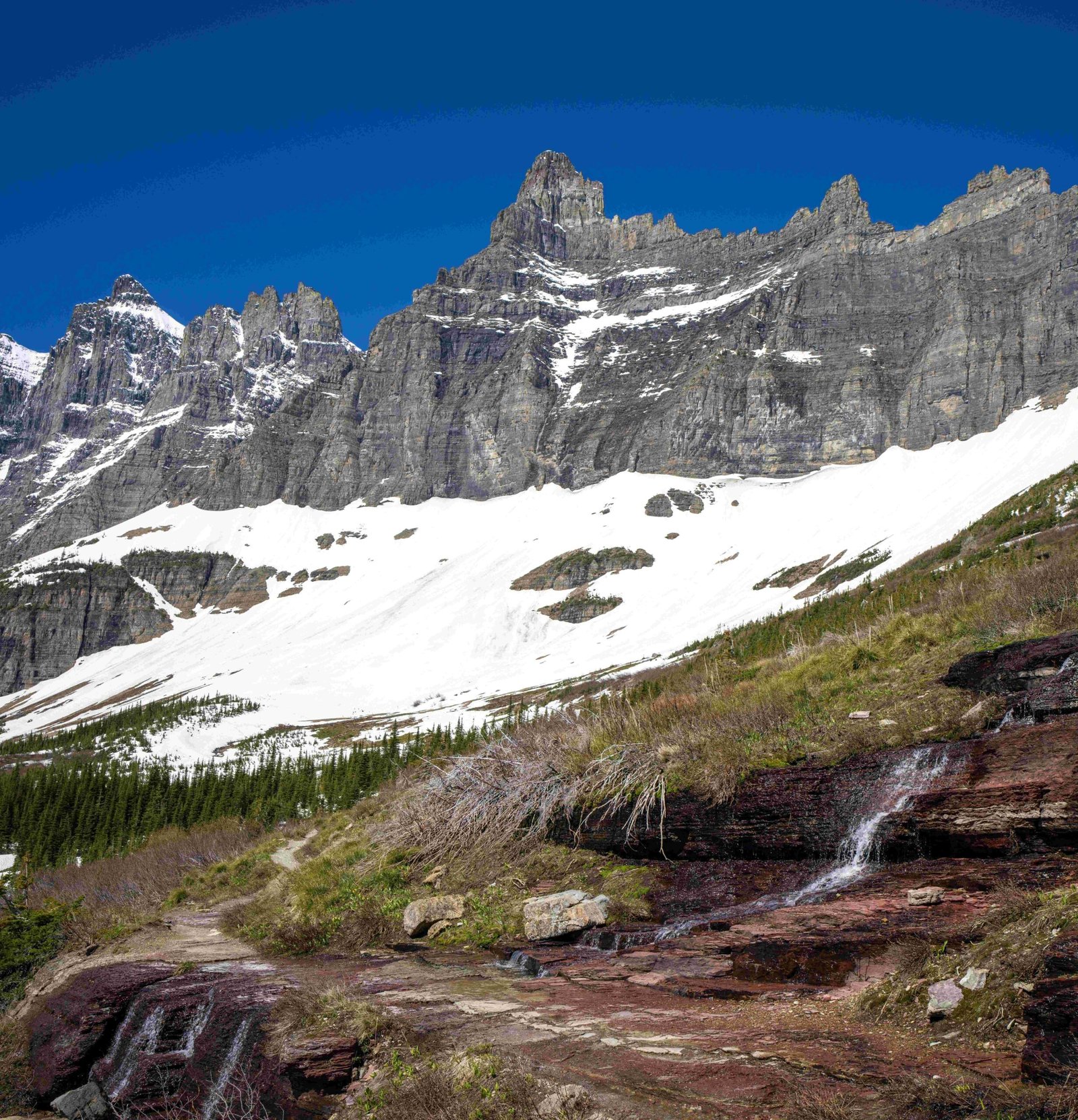Glacier National Park, often featured on NPR for its breathtaking landscapes and environmental significance, is a pristine wilderness area in Montana’s Rocky Mountains. Known for its rugged peaks, pristine forests, and diverse wildlife, the park attracts millions of visitors annually. Recent NPR coverage has highlighted the park’s ongoing challenges with climate change, infrastructure improvements, and balancing conservation with tourism. This guide provides essential information for visitors planning to explore this natural wonder.
What Are the Latest Updates for Glacier National Park Visitors?

Road Construction and Accessibility
As of summer 2024, several road construction projects are underway in Glacier National Park:
- The west side of Going-to-the-Sun Road is in its final construction phase
- Work on road shoulders and striping expected to finish in June
- Minimal delays anticipated
- No planned nighttime closures
- Weekend work likely
Vehicle Reservations
Good news for spontaneous travelers:
- As of September 8, 2024, vehicle reservations are no longer required to enter the park
Safety Incidents
Recent events underscore the importance of safety in the park:
- A fatal accident occurred at St. Mary Falls, resulting in the death of a 26-year-old woman
- Visitors are urged to exercise caution and follow all safety guidelines
What Are the Must-See Hiking Trails in Glacier National Park?

Glacier National Park offers a variety of trails suitable for different skill levels:
Going-to-the-Sun Road Trails
- Hidden Lake Overlook Trail
- Length: 4.5 miles round-trip
- Difficulty: Moderate
-
Features: Stunning views of Hidden Lake and surrounding mountains
-
Logan Pass to Granite Park Chalet Trail
- Length: 7.6 miles one-way
- Difficulty: Moderate to strenuous
- Features: Significant elevation gain, alpine meadows, mountain peaks
Lake McDonald Area Trails
- Avalanche Lake Trail
- Length: 4.5 miles round-trip
- Difficulty: Moderate
-
Features: Scenic lake, old-growth forest, towering cliffs
-
Trail of the Cedars
- Length: 1 mile loop
- Difficulty: Easy
- Features: Wheelchair-accessible boardwalk, lush cedar and hemlock forest
How Can Visitors Best Experience Wildlife in Glacier National Park?
Glacier National Park is home to diverse wildlife, offering unique viewing opportunities:
Common Species
- Grizzly bears
- Black bears
- Mountain goats
- Bighorn sheep
- Moose
- Elk
Best Viewing Times
- Early morning
- Late evening
These times offer the highest chances of spotting active wildlife.
Wildlife Safety Tips
- Maintain a safe distance from all animals
- Never feed wildlife
- Carry bear spray and know how to use it
- Make noise while hiking to avoid surprising animals
- Store food properly in bear-proof containers
What Essential Information Should Visitors Know Before Their Trip?
Park Amenities
| Amenity | Location |
|---|---|
| Restrooms | Throughout the park |
| Picnic Areas | Various locations |
| Visitor Centers | Apgar and Logan Pass |
Parking Information
- Available at trailheads and visitor centers
- Limited during peak season
- Arrive early for best availability
Available Tours
- Free shuttle services along Going-to-the-Sun Road
- Guided hikes
- Ranger-led programs
Entry Costs
- 7-day pass: $35 per vehicle
- Annual passes available
- Check official website for current rates and special passes
Park Rules and Regulations
- Stay on designated trails
- Keep a safe distance from wildlife
- Follow all posted signs and ranger instructions
- Pack out all trash
- No drones allowed in the park
How Has NPR Covered Glacier National Park’s Environmental Challenges?
NPR has consistently reported on the environmental challenges facing Glacier National Park:
Climate Change Impact
- Shrinking glaciers
- Changing ecosystems
- Altered wildlife habitats
Conservation Efforts
- Habitat preservation programs
- Wildlife monitoring initiatives
- Sustainable tourism practices
Balancing Tourism and Preservation
- Implementing vehicle reservation systems
- Improving infrastructure to handle increased visitation
- Educating visitors on Leave No Trace principles
What Are the Best Seasons to Visit Glacier National Park?
Each season in Glacier National Park offers unique experiences:
Summer (June – August)
- Peak visitation period
- All facilities and roads typically open
- Ideal for hiking and wildlife viewing
Fall (September – October)
- Fewer crowds
- Beautiful fall colors
- Cooler temperatures, ideal for hiking
Winter (November – March)
- Limited access to many areas
- Opportunities for cross-country skiing and snowshoeing
- Quiet, serene atmosphere
Spring (April – May)
- Gradual reopening of facilities
- Wildflowers begin to bloom
- Potential for lingering snow on higher trails
How Can Visitors Contribute to Glacier National Park’s Conservation?
Visitors can play a crucial role in preserving Glacier National Park:
- Follow Leave No Trace principles
- Participate in volunteer programs
- Support the Glacier National Park Conservancy
- Reduce carbon footprint by using park shuttles
- Educate others about the park’s ecological importance
By following these guidelines and staying informed through NPR’s coverage, visitors can ensure a memorable and responsible experience in Glacier National Park. The park’s stunning beauty, diverse ecosystems, and rich wildlife continue to inspire and educate, making it a true national treasure worthy of protection for future generations.
References:
1. https://www.nps.gov/glac/planyourvisit/projectwork.htm
2. https://www.nps.gov/glac/learn/news/newsreleases.htm
3. https://www.mtpr.org/montana-news/2024-06-25/briefs-going-to-the-sun-road-glacier-park-death-browning-tax-relief